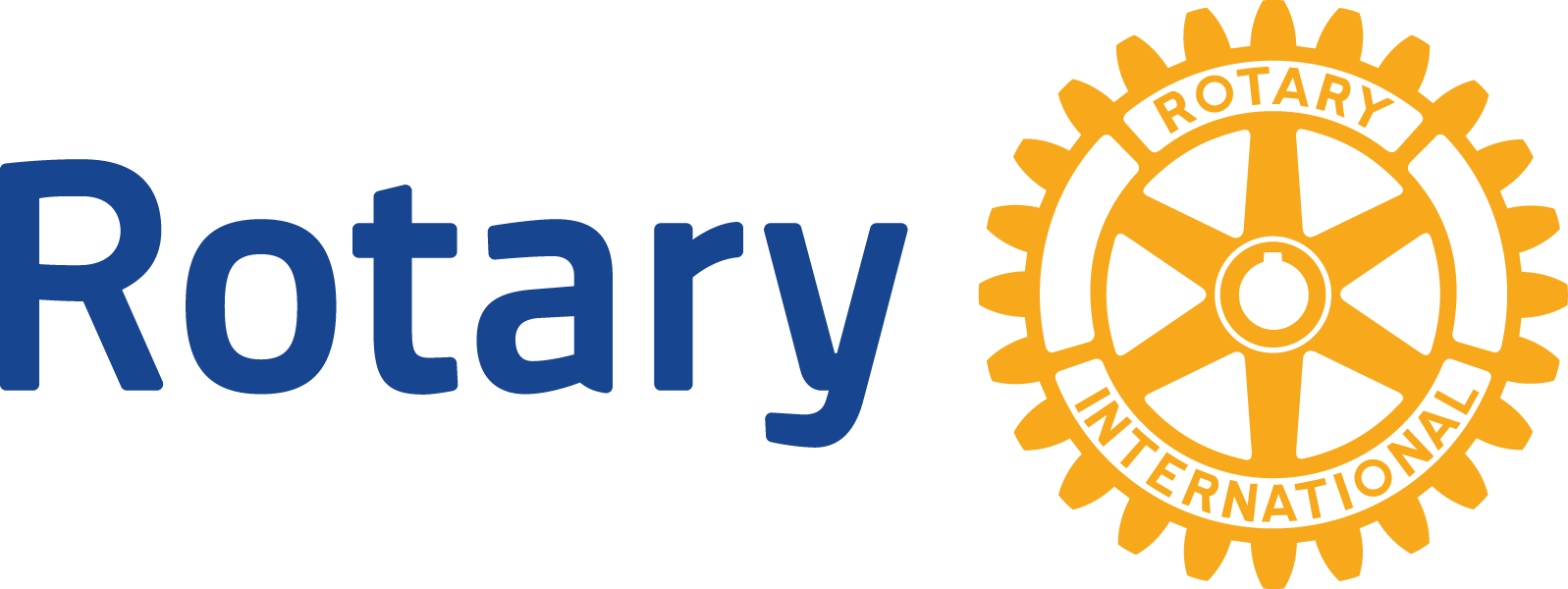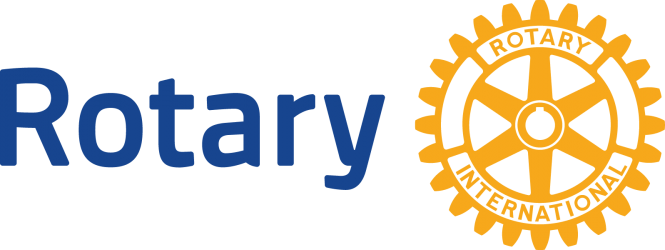
“Through our eyes, we see the world, through our eyes we encapsulate it and through our eyes, we shape how the world becomes”
But this shaping of the world begins in our minds, with what we think, how we perceive what we see and give it form.
My proposal for the residency in Leeuwarden has several elements;
- Going beyond ‘iepen mienskip’ the “open community” – towards Ubuntu
- Our relationship to the natural environment
- And the link if any between Leeuwarden and the world
I find my participation in the Artist in residency of European Cultural Capital project of the Rotary clubs entitled: “Iepen Mienskip or Open Community a great opportunity to critically reflect on what it means to be an Open Community in the current state of our world and what it is to be human, in relation to each other, to our world and most importantly to the protection and preservation of our natural environment.

I’m drawn by the aims of the LW2018 Cultural Capital Project, to address some of the controversial issues facing the Western world; from refugees to climate change, racism to inequality and to tackle them. I’m of the belief that it is not possible to tackle these issues without understanding the root causes. It is with this reason that my project begins with the history of Leeuwarden to its present and questions why in 2018, there is a need for “Iepen Mienskip” what impact this has or can have in the current state of our world. How the city came to be, what role if any, it played or still plays in influencing or shaping the Netherlands, Europe and the rest of the world as well as what links this city has, to the controversial issues facing the Western world.
Through my research, several people have emerged that will play an important part in the realization of the Leeuwarden context of this long term project; Jan Jacob Slauerhoff, William IV, Prince of Orange-Nassau, the root mother, Landgravine Marie Louise of Hesse-Kassel, Ester Naomi Perquin, through her poem she wrote for the Metrical Footstep in Leeuwarden, Sijtie Huisman, Peter de Haan, my guest parents; Annagreet Hoogeland and Gerrit Jan Hoogeland, Bert Finke, Karin Sitalsing from her book, “Boeroes”, my guest brother Vince Briffa, Felix de Rooy, Carl Haarnack, Jan Stobbe and fellow artists am sharing a studio with; Kamila Elżbieta and Jürgen Kling among others.
For the moment, I spend all my time collecting, stories, taking pictures, searching for strong and critical women in the forefront of where the new can be born, because women, to me, are the pillars of society that give birth to it and shape how it becomes. Aside this, I also spend a lot of my time, looking for traces that reflect traditions that matter.

Having lived in Leeuwarden for 1 week, I have come to discover through my encounter with different people I asked to take part in my collection of stories, Ubuntu. As I walk through the streets of Leeuwarden, and the villages surrounding it, I discover remnants from the past, but at the same time, feel that there are missing pieces, needed to make a complete story.
When you google Leeuwarden, this is what comes up: “Leeuwarden is the capital of Friesland. Located in the northwest of the Netherlands, just 1,5 hours drive from Amsterdam. … A city with an old historic city centre that has all the characteristics of a typical Dutch city with canals, bridges, a weigh house and many houses from the 17th century (the Dutch golden age).” When I googled the Dutch Golden Age, more stories came to surface. Because of this, my project, will focus on traditions that matter, where I will make historical tiles that fill in the blanks, or parts I find missing during my gathering of the stories. The project in Leeuwarden will also include paintings and at the center of it, the Slauerhoff bridge that I use as a metaphor in response to the theme: “Iepen Mienskip and the link it has to the current state of our world.
Because of this, I decided to call my project: “In Search of Ubuntu – A Collective History – Dutch Golden Age,” as a reflection of this period, the impact if any it had in shaping the world, socially and economically, as well as to check if there are any parallels to now in inspiring how we address the controversial issues the western world is facing.
Below is the take off point and inspirational poem by Ester Naomi Perquin
Zie ons staan voor deze gevel. We komen aan met wat we weten.
Onze huid is dun maar taai, de geest uit tochtgaten gewaaid,
dit geheugen een museum waarin we zelf de weg niet weten.
Onze oren, buiken, halzen; versleten tegen de Bjd dat we beseffen wat we zijn.
We rapen ons bijeen en raken uitgestald. We zijn onszelf vergeten. We misleiden het verleden door zelf geschiedenis te zijn.
Ons helen is voorlopig, ons bewegen uitgestelde pijn,
vernuftig porselein voor het te pleFer slaat.
Wankeling die breekpunt mist.
We vinden en hervinden ons maar zelfs het vinden komt te laat; We zijn een ding waarbij geen jaartal passend is, omvaFen wat aan scherven ging en lijmen wat niet heelt – wat zijn we
vrolijk hier. Passende restanten van de almacht.
Even verzameld als verdeeld.
Ester Naomi Perquin

